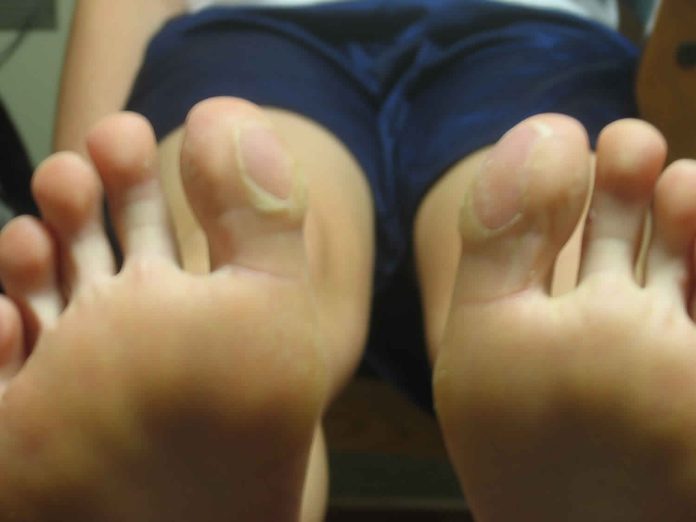Blisters on the feet can be painful and uncomfortable, making it difficult to walk or engage in activities. Blisters can occur due to various reasons, such as friction, heat, or fungal infection. If left untreated, blisters can become infected and lead to further complications. In this article, we will discuss tips and remedies for getting rid of blisters on feet.
What are Blisters on Feet?
Blisters are small fluid-filled bumps that develop on the skin’s surface. Blisters on feet can occur due to friction, heat, or fungal infection. Blisters caused by friction are often the result of wearing tight or ill-fitting shoes or engaging in activities that involve repetitive motion. Heat blisters are caused by excessive sweating and can occur during hot weather or prolonged exposure to the sun. Fungal blisters are caused by a fungal infection, such as an athlete’s foot.
Preventing Blisters on Feet
Preventing blisters on feet is easier than treating them. Here are some tips for preventing blisters:
Wear comfortable shoes that fit properly: Make sure your shoes fit well and provide enough room for your toes to move. Avoid wearing shoes that are too tight or too loose.
Use blister-preventing products: Apply blister-preventing products, such as moleskin, before engaging in activities that may cause blisters.
Wear moisture-wicking socks: Moisture-wicking socks can help keep your feet dry and prevent blisters caused by sweat.
Take breaks: If you engage in activities that involve repetitive motion, take frequent breaks to avoid prolonged friction.
Treating Blisters on Feet
If you already have blisters on your feet, here are some remedies for treating them:
Leave blisters alone: In most cases, blisters will heal on their own without any treatment. Avoid popping or picking at blisters, as this can increase the risk of infection.
Apply a blister plaster: If a blister is causing pain or discomfort, apply a blister plaster to protect it and reduce friction.
Use an ice pack: Applying an ice pack to the blister can help reduce inflammation and relieve pain.
Soak your feet: Soaking your feet in warm water can help relieve pain and prevent infection. You can add Epsom salt or tea tree oil to the water to further reduce inflammation and prevent infection.
Use an antifungal cream: If your blisters are caused by a fungal infection, use an antifungal cream to treat the infection and prevent further blisters.
When to Seek Medical Attention
In most cases, blisters on feet will heal on their own without any medical intervention. However, you should seek medical attention if:
The blister is infected: Signs of infection include redness, swelling, and pus.
You have diabetes: People with diabetes are more susceptible to foot infections, and blisters can quickly turn into serious infections.
You have a weakened immune system: If you have a weakened immune system, you are more susceptible to infections and should seek medical attention if you develop blisters on your feet.
Conclusion
Blisters on the feet can be painful and uncomfortable, but they can be prevented and treated with the right care. Prevent blisters by wearing comfortable shoes, using blister-preventing products, wearing moisture-wicking socks, and taking breaks during activities that involve repetitive motion. Treat blisters by leaving them alone, applying a blister plaster, using an ice pack, soaking your feet, and using an antifungal cream if necessary.
Khalid Irfan is a Fitness expert who enjoys spending time in gym. He also enjoys being in the outdoors and exploring new opportunities whenever they arise as well as researching new topics to expand his horizons.

